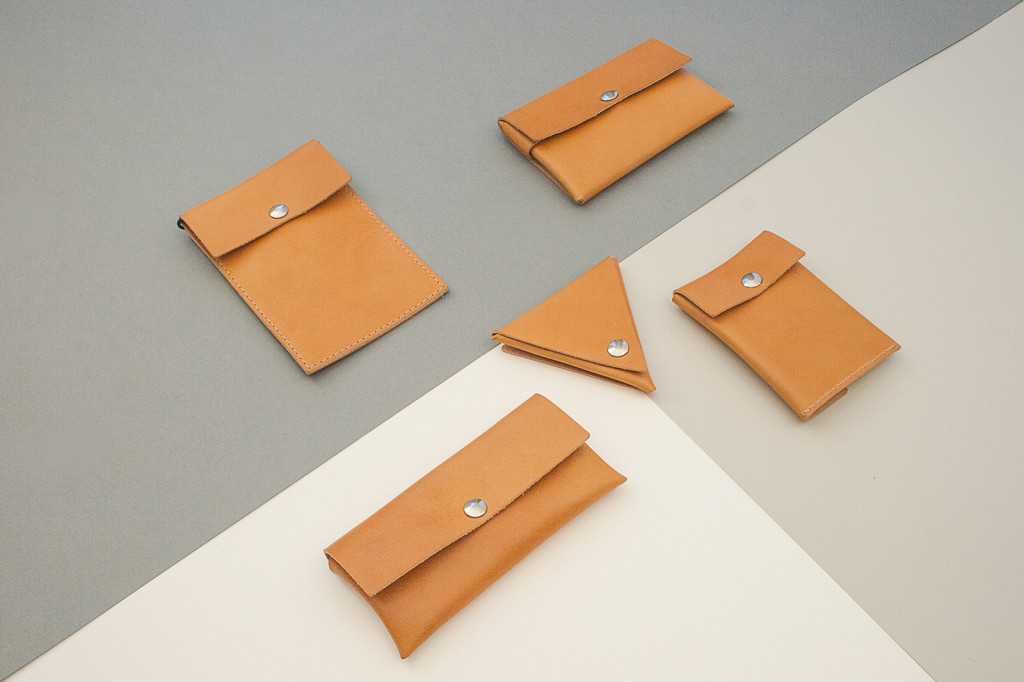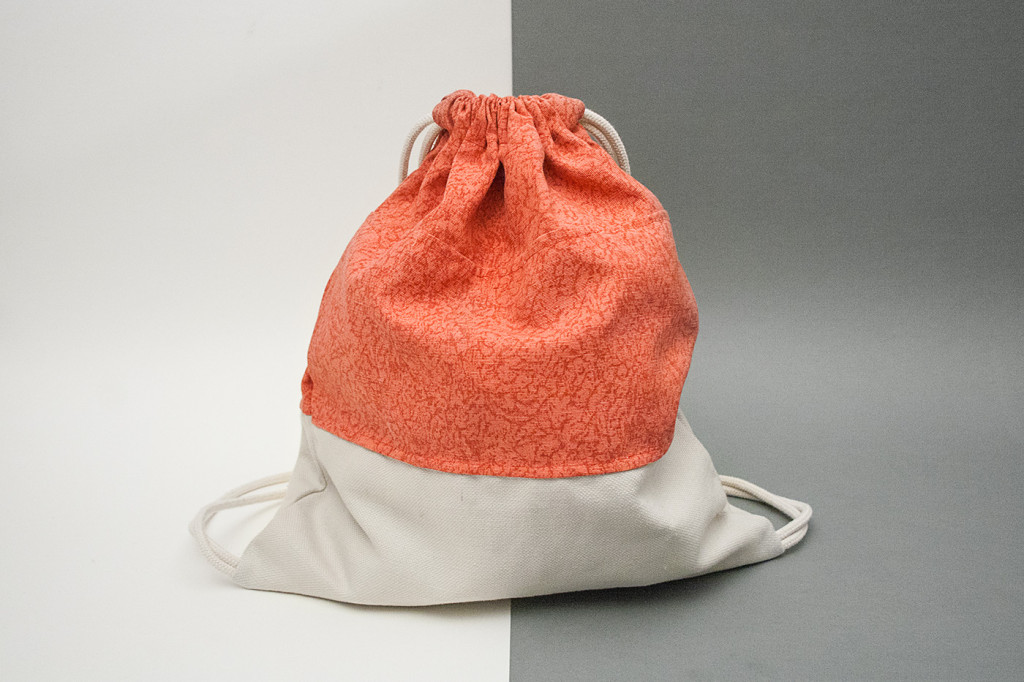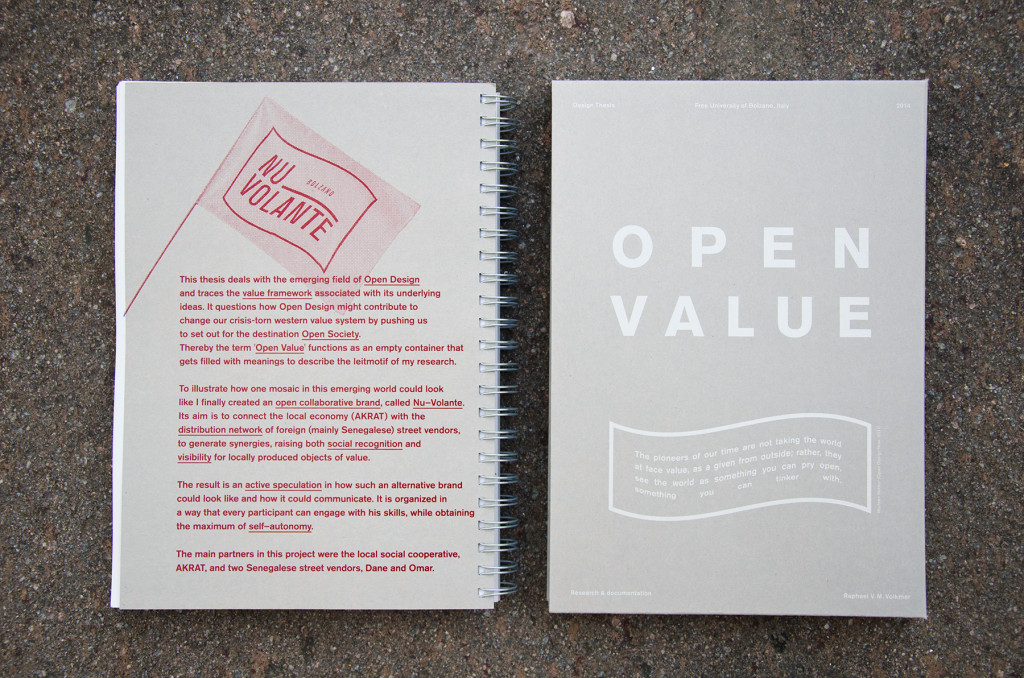Nu_Volante – a collaborative local street brand
NU_VOLANTE is the attempt to found the (probably) first local, open and collaborative street brand in Italy.
In Italy and other southern European countries exists for already years the phenomena of immigrated street vendors (often from Senegal) that try to make a living by selling mainly cheap Chinese products, like sunglasses, lighters, umbrellas or bracelets on the streets.
The brand Nu_Volante (“the new flying ones”) tries to connect immigrated street vendors to local (eco–social) manufacturer (social cooperatives) and designers to create small, simple and beautiful products and sell them in the local streets to citizen and tourists through a network of street vendors.
Within our pilot project that is about to be launched in the city of Bolzano, North Italy, a local manufacturer has a central role in the collaboration: It is a secondhand/upcycling furniture and textile work-shop and a small co-working space for engaged designers and artisans. On one side they will produce a part of the products that are sold on commission by a network of street vendors. On the other side they provide a physical space where designers, street vendors and their own production team can meet to discuss and exchange ideas.
The project’s aim is to raise the social and economical situation of the immigrated vendors and give more visibility to small local manufacturer that often have only a very limited budget for advertisement and marketing. In addition the project has a great potential to raise a new kind of culture connected to street commerce. (Italy ones had a flourishing culture of artisan and street markets that get more and more “invaded” by poorly produced products.)
Another goal is to inform (local) people about the legal situation of these street vendors that are often targeted by prejudices saying they would be part of a Mafia-like structure – which in most cases is simple not the case.
Instead most vendors possess a license for street vending and even pay social security contributions. They travel to the bigger Italian cities to buy their products from Chinese markets and try to resell them in touristic towns and villages.
In a longer perspective the project aims to create new social relations between the vendors and local citizen and could become a bridge for new developments (e.g. the possibility for education in the field of handy-crafts or a shift to participate in local markets instead of selling only on the streets).
The project resulted as a hands-on research project from a more theoretical study about the transformation of our western value system which I paraphrased as with the title “Open Value”.
More information on the website: www.nu-volante.org or on facebook: www.facebook.com/nu-volante












Great initiative, and a great way of re-articulating and re-establishing the relation between global and local forces. I wonder about the economic viability of this system, do all parties equally profit? And are you monitoring whether this intervention is actively changing public perception of these vendors?
I also really like the idea. But I’d like further explanation as to how this system is not simply a ‘kinder’ version of the existing one? What forms of stability will the vendors have? Do they have ‘shares’ in the endeavour? To what extent can they take part in the design and marketing processes? And yes, as SABA asks above, what is the breakdown between designer and vendor? I am all for changing the current market culture in italy with the shitty plastic sweat-show made clothes and poor quality household items.
I will try to answer some of your questions. Others I simply can’t answer as the project is still in development and not yet “in the streets”.
Let’s make an example regarding the question of how viable the system is and how profits will be distributed:
One of the products is a simple (gymnastic) bag made from recycled fabrics. The material costs for the production are around 4€. To sustain the workforce and workplace of the cooperative the bag would be sold for 10€ to the vendor.
The vendor can sell it on the streets for a suggested price between 15–20€ with a profit between 5–10€. So he can still decide on his own for how much he wants to sell it and has space for negotiations with clients. I guess that would be fair deal. The same kind of products cost around the same price on home-made product platforms like etsy or dawanda.
Regarding the hopefully positively changing public perception:
We will present a profile of each collaborating vendor via the website http://www.nu-volante.org with a short story about each of them. In plus there will be a short and more detailed description in three languages (English, Italian, German) about how the collaboration actually works.
The website is fully responsive, so somebody seeing one of the vendors on the streets can easily check the project with his smartphone and receives all the information. In plus we will integrate the local media and ask them to write about the project. (Some newspapers already did by writing a short story about the concept and idea).
Once we have found three or four interested vendors for a pilot project we will also organize a press-conference in collaboration with the Faculty of Design and Art of the local University where I realized all the research and development for the project.
An aspect that we are not (yet) able to realize is the inclusion of the vendor’s in the design process of the products. This is due to the simple fact that the vendors are actively selling during the day and we do not have yet built the needed trust to make them leave their daily duties (not selling) and meet us in the workshop. In plus most of them simply don’t have any artisan and design skills. (I made many interviews with vendors)
I think this co-design aspect needs to be developed within the process of the project.
For further information about the producing cooperative check their website: http://www.akrat.org
Great, thanks for the further information. I see a lot of promise in this project and I will be following up throughout the year. I’m interested in the street seller culture in Italy; I’m fascinated by the relationship between the producer and vendor. I recall seeing West Africans selling traditional Pakistani handcrafts in Rome. Reflecting on my earlier set of questions, I would sum them up more towards how you see the benefit to the vendor. Is this a long term solution? Do you expect a high turn-over of vendors? Do you expect a partnership or more of a transaction between the designers and the vendors? Do you see this new initiative create a stable solution to the lack of opportunities in the job market or a temporary parasitism?